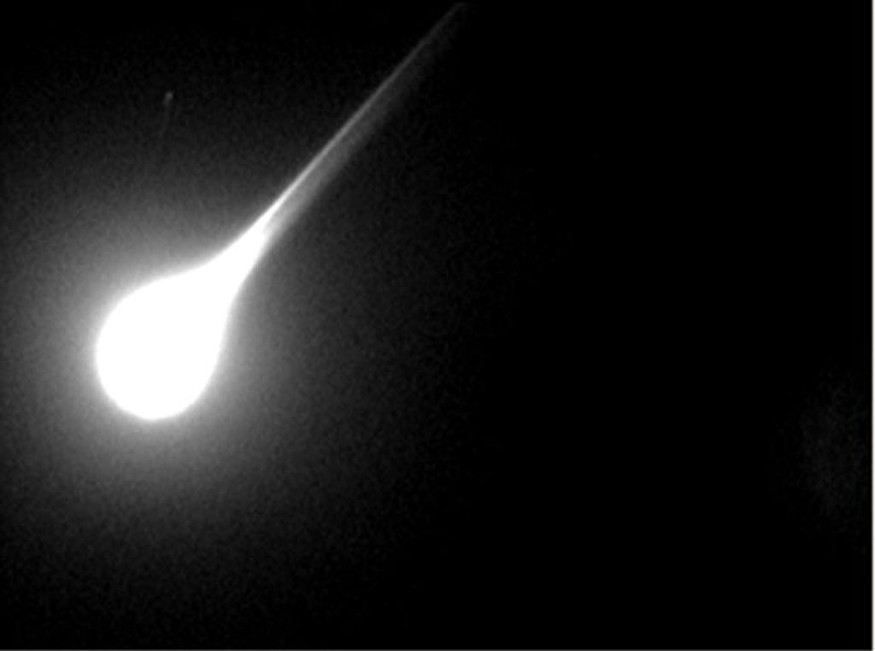New studies claim that about 5,200 tons of cosmic debris - including micrometeorites - fall to our planet each year. That around 5.2 million kilos a year, or 14 tons a day at the very least. Every day, that's equal to the mass of a garbage truck.
While there are several caveats, the overall picture is that we are constantly bombarded by interplanetary debris.
Micrometeorites are less than a millimeter in length, and others measuring less than a human hair's width. This cosmic debris may be divided into two groups, according to experts. These are the fine-grained MMs (FgMMs) and coarse-grained MMs (CgMMs).

There's no need to be concerned, though. Experts said micrometeorites slow down from speeds to almost zero altitudes in the atmosphere before drifting down to the planet. It poses no threat and, in truth, is beneficial because it reveals a lot of what's going on in space.
Experts uploaded their study, titled "The micrometeorite flux at Dome C (Antarctica), monitoring the accretion of extraterrestrial dust on Earth," in ScienceDirect.
How Micrometeorites Enter Earth
Scientists from the French National Centre for Scientific Research (CNRS), the Universite Paris-Saclay, and the National Museum of Natural History, with the assistance of the French Polar Institute, initiated a nearly 20-year international program to assess how many of these micrometeorites hit the Earth.
CNRS researcher Jean Duprat and the team conducted six expeditions near the Franco-Italian Concordia station (Dome C) to gather and analyze these micrometeorites over the last two decades.
Due to the low snow accumulation rate and the lack of terrestrial dust, Dome C is an excellent collection location. The site is located 1,100 kilometers off the coast of Adelie Land center of Antarctica.
ALSO READ : Scientists Traced a Rare Meteorite Chunk on UK Driveway; Does It Contain Solar System's Ingredients?
These expeditions have gathered sufficiently extraterrestrial particles (ranging in size from 30 to 200 micrometers) to calculate their annual flux, which is the mass accumulated on Earth per square meter per year.
They discovered 1,280 unmelted micrometeorites and 808 cosmic spherules with sizes ranging from 30 to 350 microns in total.
They discovered that the rate at which these objects fell to the Earth is between 3 and 5.6 micrograms per square meter per year.
They carefully measured the masses and sizes and used the dates and volumes of snow they contained. So, that's not a lot.
However, multiplying by the Earth's enormous surface area (and extrapolating to a somewhat larger size range of 12-700 microns), they arrive at a figure of 5,200 tons per year or 14 tons per day.
Where Does It Come From?
By looking at the origin of the dust, scientists could determine where it came from. They discovered that about 80% of it came from comets and the remainder from asteroids. While some doubts exist, this fits well with what we know about dust in the inner solar system.
You might be fortunate enough to see a brilliant meteor sprint through the sky the next time you're out on a cool, clear, moonless night. If you do, consider its destiny for a moment. The majority will end up in our atmosphere, and a small amount will find its way down to you... and now we know how much of it does.
RELATED ARTICLE : Neil DeGrasse Tyson: Refrigerator-Sized Asteroid Could Hit Earth Soon
Check out more news and information on Space on Science Times.
© 2025 ScienceTimes.com All rights reserved. Do not reproduce without permission. The window to the world of Science Times.












